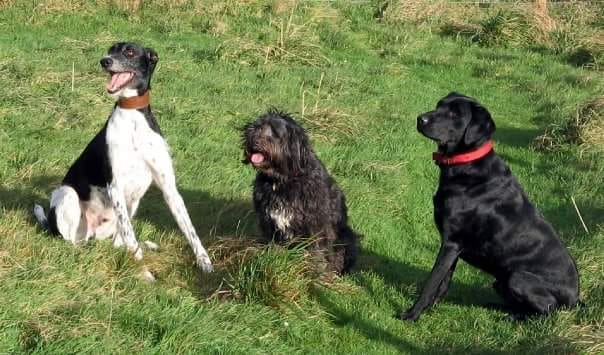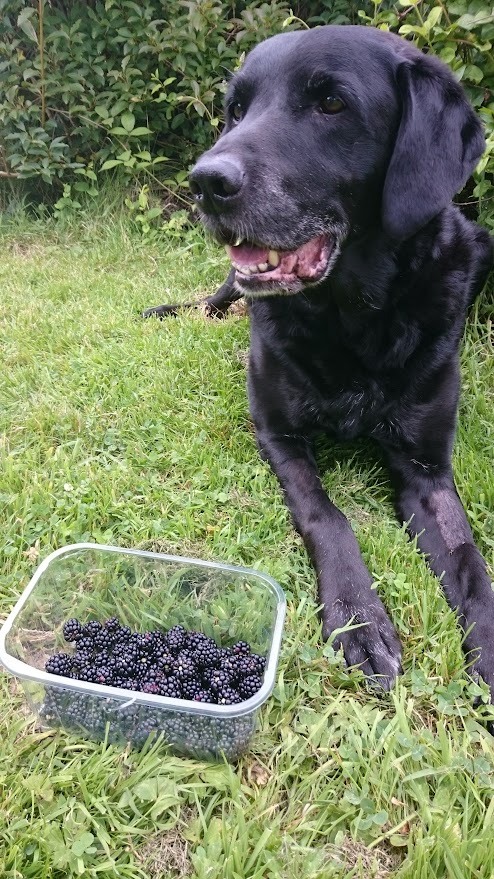Call / 07815 167247
Email [email protected]
Call / 07815 167247
Email [email protected]

When we get our new puppy, rescue or in fact any dog, there are always going to be dreams of what might be, but then reality sets in …
He’s just not the same as the five [insert dog breed] that we have had before.
I don’t remember having a puppy being such hard work.
My rescue is not settling in as quickly as I expected.
I know he came back, but he took too long to decide to come back and then just flew past me.
My dog’s pulling on the lead, he’s good most of the time, but he pulls me towards other dogs and people.
These are real examples I speak to clients about every week, and each of the dogs in the above picture had their challenges. Let’s be clear, this article is not about judging those expectations. We can research our breed or rescue, get all the information from good sources, but the reality of the individual in front of us may bring something different.
This is about how we manage those highlights and lowlights that are inevitable in our lives with dogs. And realising that they are NORMAL. In many ways it’s best to expect the unexpected.
When Ben, our Labrador came into our lives, he was around 6 months old and mad as a box of frogs. We had been told that he had chewed the walls and flooring in his previous home, was very hard to manage, had rarely been let off lead, and not often been taken out for a proper walk. In some ways he slipped into life easily and got on with our other dogs, but he was also very challenging and I found it hard to build a bond with him to start with. He lived life on springs and adrenalin, couldn’t sit for more than a nano second, and was keen to eat us out of house and home … but he never chewed anything. In fact, when a seatbelt got chewed in the car we thought it was him, but later realised it was one of our other dogs when we found her getting her chops around the belt again a few days later. It sounds terrible to say so now, but in the first six months I did wonder what on earth we had done.
My point is, our dogs are what they are, a product of nature and nurture, and all we can do is set ourselves up for success in our training and help our dogs become the best they can be.
Here’s my top FIVE tips on managing expectations in your training.
Your expectations need to align with what is actually achievable.
The capabilities of both the human and the dog come in to this. Acknowledge any limitations such as age of the puppy or the amount of time a rescue has had to settle in, or even our own physical, mental and emotional limitations, and set realistic and achievable goals. As I say to clients every week, progress is rarely linear … even Usain Bolt had a bad training day … and setbacks are inevitable.
Take a reality check, manage the expectations of others such as friends and family, and approach your training journey with patience and flexibility.
Giving yourself a break is about granting yourself permission to make mistakes and learn from them.
It's okay to not have all the answers right away. It’s okay to get frustrated, disappointed or upset. Giving yourself a break means being kind to yourself, celebrating small victories, and recognizing your efforts, even when things don't go as planned.
So, take a step back, breathe, and remember that it's all part of the process.
Flexibility allows you to tailor your approach to suit individual personalities, learning styles, and challenges.
Each dog you share your life with is an individual. When I used to do agility, I had to swap styles between a keen and fast collie cross, a long legged lurcher, and a slightly lumbering Labrador. That was hard to do and I didn't always get it right!
It's about recognizing that what works for one dog may not work for another and being willing to try new strategies until you find what clicks. Being flexible also means adjusting your expectations and timelines, understanding that progress may not always happen as quickly or smoothly as you'd like.
By staying flexible, you maintain a positive training environment that promotes growth of a strong bond between you and your dog.
Training gaps are simply missing pieces in your training. The gaps represent areas where your dog may not fully understand or comply with your cues, or where you may lack clarity or consistency in your approach.
For example, you have trained a sit in lots of difference places, but not when greeting someone. That’s a training gap where you just need practice in that circumstance.
Instead of viewing these gaps as failures, see them as opportunities to refine your training, deepen your understanding of your dog's behaviour, and strengthen your bond.
We all know that training takes time and consistency, and that progress may not always happen as quickly as we'd like, but in that moment when our teenage tearaway suddenly forgets all his puppy training it is easy to get frustrated.
Do your best to remain calm and composed when your dog doesn’t immediately respond to cues. Give them the space to learn and grow at their own pace and remember to celebrate the small victories along the way.
What challenges have you had with your dog? Did your expectations meet reality? And do you still have some challenges?
If you need help, I'd love to support you.
Do feel free to reach out to me by messaging me on my Facebook page here
Or email me at [email protected]
If you would like to book a call to talk about how I might be able to help you, click here to go to my easy online booking system and we'll chat soon.

He was a handful for a couple of years. However at around three years old he started to adult and settle. He became the most amazing stooge dog you could ask for. He was never that quick at picking things up, but once he understood what you wanted it was like it was hard-wired.
He was a fabulous dog, and we loved him very much.